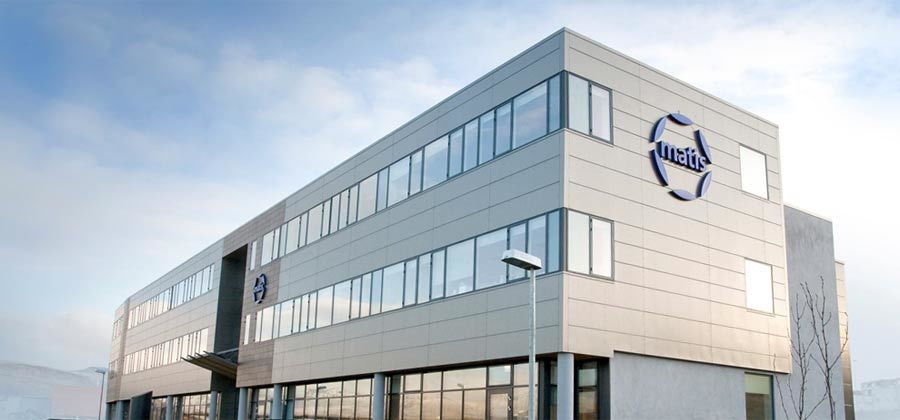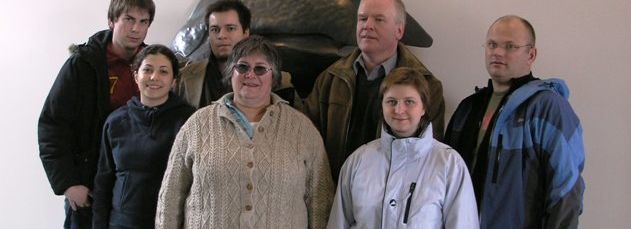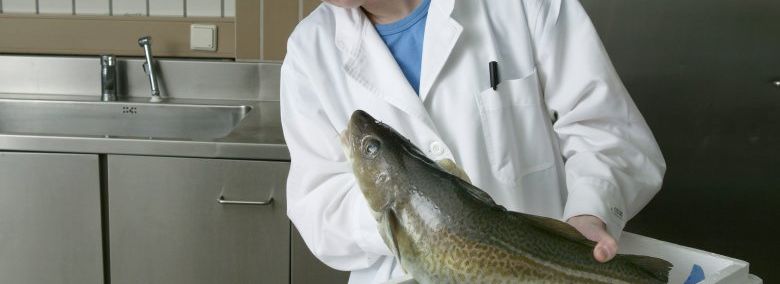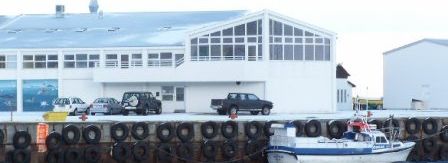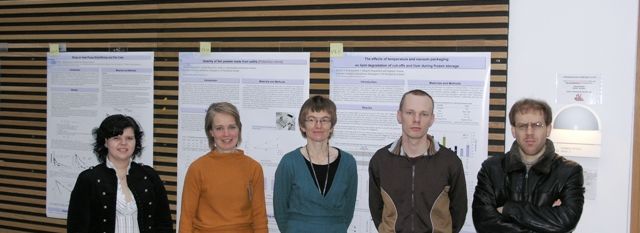IFL recently published two reports, which publish the results of experiments carried out at IFL 12-15 years ago, but have not been published before. The reason why they are being excavated now is that the results of these experiments are now being used in projects that are currently being worked on at IFL.
IFL has been conducting research on seafood for decades, and a great deal of knowledge has been accumulated in this field at the institute. More often than not, these studies are directly useful, i.e. practical research, but sometimes knowledge is created that is not useful until even a long time later.
As stated earlier, the experiments behind the aforementioned reports were carried out about 12-15 years ago, but their results have not been published before. Both reports are in English and the former is called Microbiological changes during storage of lumpfish caviar (IFL report 02-06) and the latter Microbiological changes during storage of salted cod fillets (IFL report 04-06).
The aforementioned report presents results in which the effects of sterilization, salinity, storage temperature and benzoate on the growth of various microbial groups in grayling roe caviar were examined. The latter report, however, presents the results of experiments in which salted cod fillets with a salinity of about 20% were stored at 5 ° C for 330 days and changes in microbial numbers and chemical indicators were monitored during the storage period.
The results are related to both product development projects on the utilization of capelin roe and several projects on the processing and processing of salted fish.


